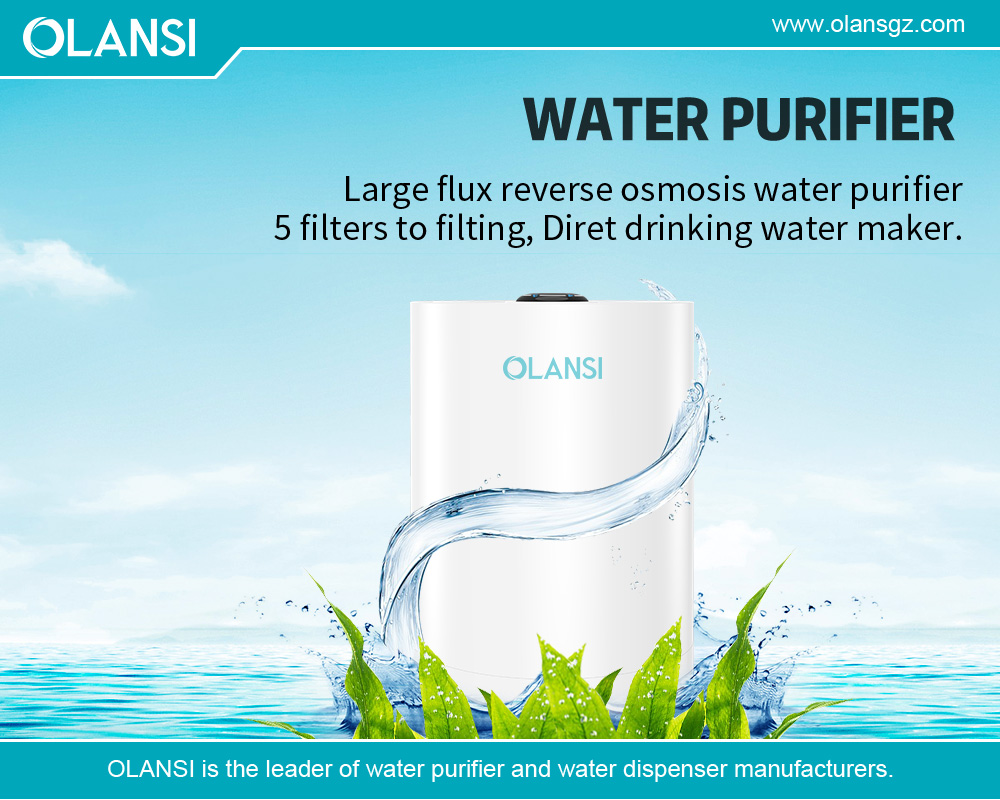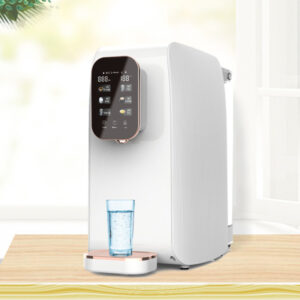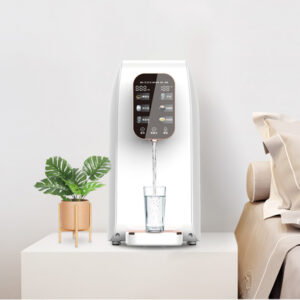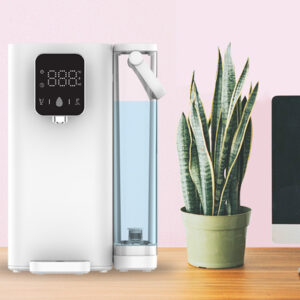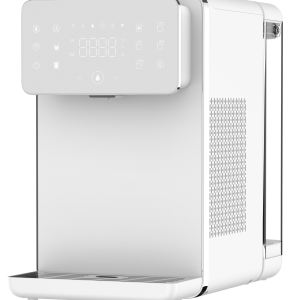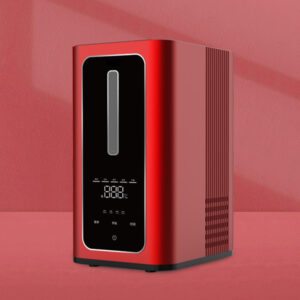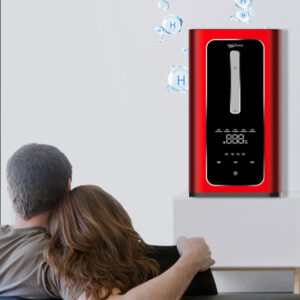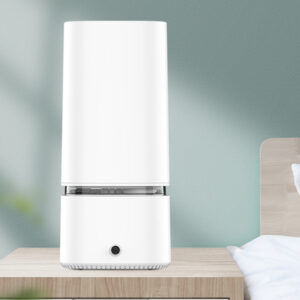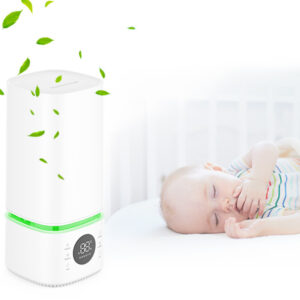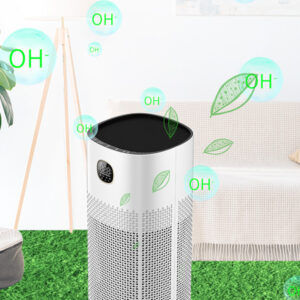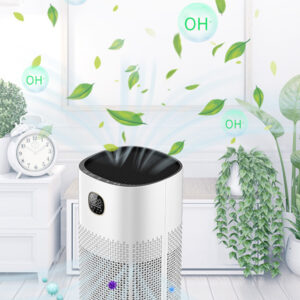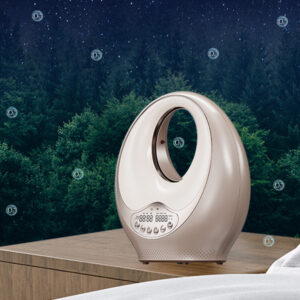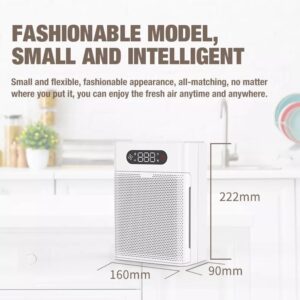Exploring The Reverse Osmosis Water Filtration System Market In The Philippines
Exploring The Reverse Osmosis Water Filtration System Market In The Philippines
Water is an essential resource for life, and access to clean and safe drinking water is a fundamental human right. However, in many parts of the world, including the Philippines, ensuring the availability of clean drinking water remains a significant challenge. One solution that has gained considerable traction is the reverse osmosis (RO) water filtration system. This technology is increasingly popular in the Philippines because it removes contaminants and provides high-quality drinking water. This article will explore the reverse osmosis water filtration system market in the Philippines, examining its growth, key players, market trends, challenges, and prospects.
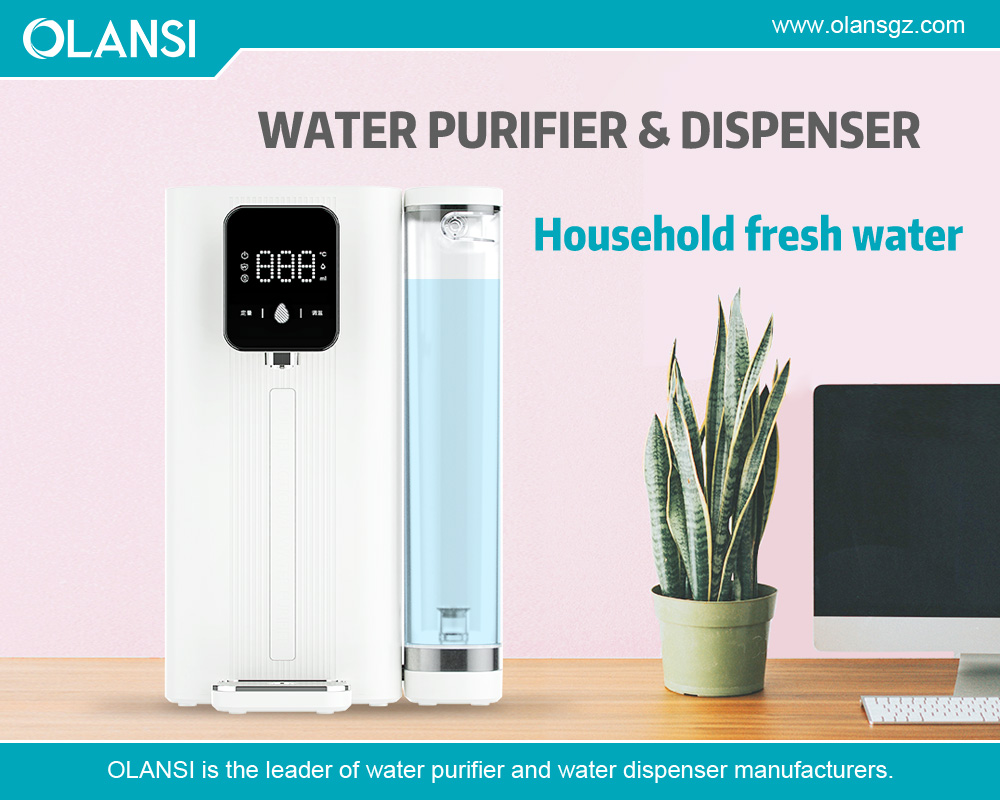
Understanding Reverse Osmosis Water Filtration
Reverse osmosis is a water purification process that uses a semi-permeable membrane to remove ions, molecules, and larger particles from drinking water. In a reverse osmosis system, water is forced through a membrane that allows only water molecules to pass, leaving contaminants such as salts, bacteria, and other impurities. The result is purified water free from harmful substances, making it ideal for consumption.
The Rise of Reverse Osmosis in the Philippines
The Philippines, an archipelago with over 110 million people, faces numerous challenges ensuring access to clean drinking water. While urban areas often have access to municipal water systems, many rural and remote regions rely on alternative sources such as wells, rivers, and rainwater. These sources are frequently contaminated with pollutants, making them unsafe for consumption.
Key Drivers of Market Growth
Several factors have contributed to the growth of the reverse osmosis water filtration system market in the Philippines:
- Rising Health Concerns: With increasing awareness of waterborne diseases and the health risks associated with consuming contaminated water, more Filipinos seek reliable water purification solutions. Reverse osmosis systems provide a solution by delivering purified water free from harmful contaminants.
- Urbanization and Industrialization: Rapid urbanization and industrialization in the Philippines have increased water pollution. As a result, the demand for effective water purification systems has risen, with reverse osmosis systems being a preferred choice for many households and businesses.
- Government Initiatives: The Philippine government has implemented various programs to improve access to clean water. These initiatives include promoting water filtration systems, particularly in areas with limited access to safe drinking water. Government support has played a crucial role in boosting the adoption of reverse osmosis systems.
- Technological Advancements: Advances in reverse osmosis technology have made these systems more efficient, affordable, and accessible to consumers. Innovations like compact designs, energy-efficient models, and user-friendly interfaces have contributed to the market’s growth.
Market Segmentation and Key Players
The reverse osmosis water filtration system market in the Philippines can be segmented based on several factors, including product type, end-user, and distribution channel.
- Product Type: The market offers a variety of reverse osmosis systems, including:
- Point-of-Use (POU) Systems: These are designed for households and small businesses. They are typically installed under the sink or countertop and provide purified water for drinking and cooking.
- Point-of-Entry (POE) Systems: These systems are installed at the main water line, providing purified water to the entire household or building. They are suitable for larger homes and commercial establishments.
- Portable RO Systems: These are compact and easy to transport, making them ideal for travelers, campers, and individuals living in areas with unreliable water sources.
- End-User: The market caters to a diverse range of end-users, including:
- Residential: Households across the Philippines are increasingly adopting reverse osmosis systems to ensure the availability of safe drinking water.
- Commercial: Businesses, restaurants, hotels, and hospitals are significant consumers of reverse osmosis systems, requiring large quantities of purified water for their operations.
- Industrial: The industrial sector uses reverse osmosis systems for various applications, including boiler feedwater, cooling tower makeup, and process water treatment.
Several key players dominate the Philippines’ reverse osmosis water filtration system market. These companies offer a range of products catering to different consumer needs and preferences. Some of the notable players include:
- Pureit Philippines: Known for its wide range of water purifiers, Pureit offers advanced reverse osmosis systems designed to meet the needs of Filipino households.
- Aqua Soft Water Systems: A leading provider of water filtration solutions in the Philippines, Aqua Soft offers a variety of reverse osmosis systems, including POU and POE models.
- Aquasafe: Aquasafe is recognized for its high-quality reverse osmosis residential and commercial use systems. The company is also known for its reliable customer service and technical support.
- Hydroflux Philippines: Specializing in industrial and commercial water treatment solutions, Hydroflux offers reverse osmosis systems tailored to the specific needs of large-scale operations.
Challenges in the Reverse Osmosis Market
- High Initial Costs: The upfront cost of purchasing and installing a reverse osmosis system can be a barrier for many consumers, particularly in low-income households. While prices have become more affordable, the initial investment remains a consideration for potential buyers.
- Maintenance Requirements: Reverse osmosis systems require regular maintenance, including filter replacements and system checks, to ensure optimal performance. For some consumers, the ongoing maintenance costs and effort can be a deterrent.
- Water Wastage: One criticism of reverse osmosis systems is the amount of water wasted during the filtration process. Every gallon of purified water produced is discharged as waste. This inefficiency can be a concern in areas where water resources are limited.
- Competition from Alternative Technologies: While reverse osmosis is a popular choice, other water purification technologies, such as ultraviolet (UV) purification and activated carbon filters, also have a strong presence in the market. These alternatives may be preferred by consumers who prioritize cost and ease of use.
Market Trends and Innovations
- Eco-Friendly Solutions: With growing environmental awareness, manufacturers are developing eco-friendly reverse osmosis systems that reduce water wastage and energy consumption. These systems are designed to be more sustainable, addressing concerns about the environmental impact of traditional reverse osmosis technology.
- Innovative RO Systems: Intelligent technology integration in reverse osmosis systems is gaining popularity. These systems have features such as real-time monitoring, automatic filter replacement reminders, and remote control via smartphone apps. Innovative RO systems offer convenience and ensure the system operates at peak efficiency.
- Compact and Portable Designs: As more Filipinos seek water purification solutions for small living spaces or travel purposes, there is a growing demand for compact and portable reverse osmosis systems. Manufacturers are responding by introducing sleek, space-saving designs that are easy to install and transport.
- Customizable Systems: Some manufacturers offer reverse osmosis systems that allow consumers to choose specific features and filtration stages based on their water quality and personal preferences. This trend particularly appeals to consumers who want a tailored water purification solution.
Future Prospects of the Reverse Osmosis Market in the Philippines
The future of the reverse osmosis water filtration system market in the Philippines looks promising, driven by increasing demand for clean drinking water, technological advancements, and government support. Several factors are expected to shape the market’s growth in the coming years:
- Expansion in Rural Areas: As the Philippine government continues prioritizing clean water access, reverse osmosis systems will have increased opportunities to penetrate these underserved markets. Government programs and partnerships with private companies can help bridge the gap in water access.
- Growing Awareness and Education: As more Filipinos become aware of the benefits of reverse osmosis systems, the market is likely to see further growth. Educational campaigns and awareness programs can play a significant role in promoting the adoption of reverse osmosis technology.
- Technological Advancements: Continued innovation in reverse osmosis technology will lead to more efficient, affordable, and user-friendly systems. Advances in materials science, membrane technology, and system design will contribute to developing next-generation RO systems that address current limitations.
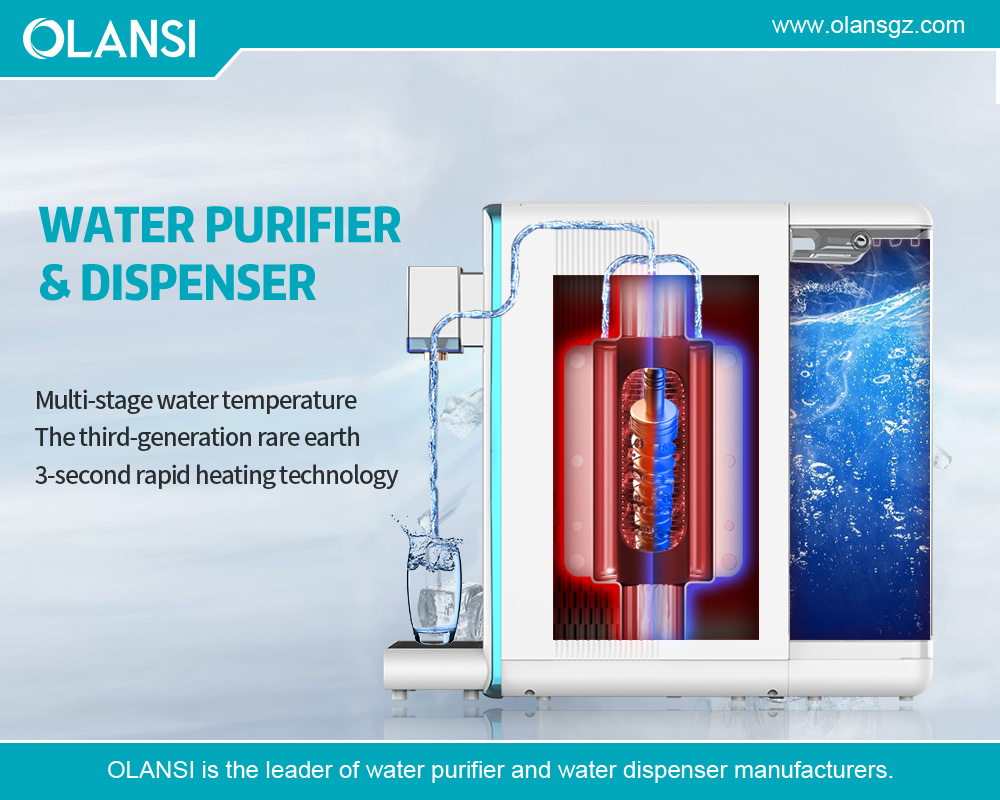
Conclusion
The reverse osmosis water filtration system market in the Philippines is experiencing steady growth, driven by rising health concerns, urbanization, government support, and technological advancements. As the demand for clean and safe drinking water increases, reverse osmosis systems will provide high-quality water to Filipino households, businesses, and industries.
For more about exploring the reverse osmosis water filtration system market in the philippines, you can pay a visit to Olansi at https://www.olansgz.com/best-home-reverse-osmosis-water-purifiers-and-water-filters-suppliers-in-philippines/ for more info.


